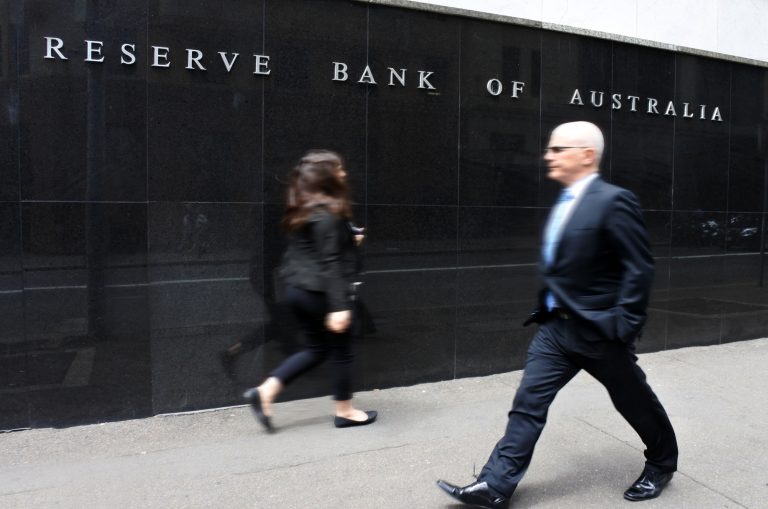Quarterly Economic Update: January-March 2023
The Reserve Bank of Australia has decided to pause its cycle of interest rate hikes, keeping the cash rate target unchanged at 3.6 percent due to softening inflation data, a…

The Reserve Bank of Australia has decided to pause its cycle of interest rate hikes, keeping the cash rate target unchanged at 3.6 percent due to softening inflation data, a…

According to the Reserve Bank of Australia, domestic headline inflation is expected to reach 8% in the final month of 2022 as consumers continue to spend despite higher interest rates….
End of content
End of content